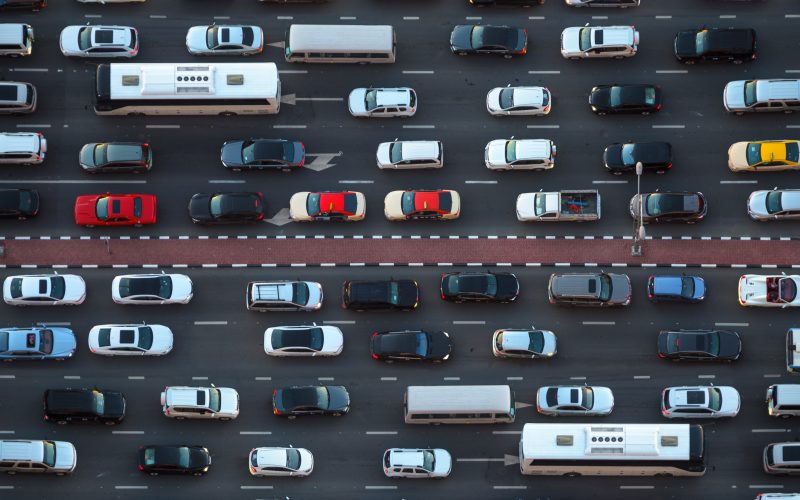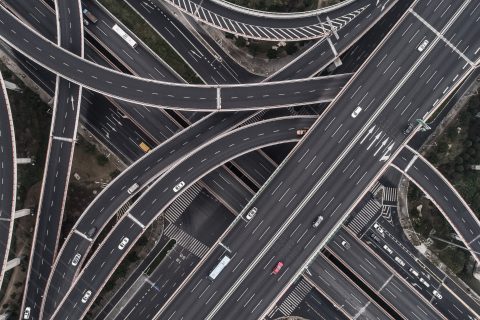After years of improving safety numbers, American streets are becoming more dangerous. Matthew Shaer is contributing writer for The New York Times Magazine and an Emerson Collective fellow at New America. He joins host Krys Boyd to discuss how distracted and angry drivers are causing more crashes and automobile fatalities, why larger SUVs and trucks are part of the problem, and what can be done to reverse the trend. His article is “Why Are American Drivers So Deadly?”
Your SUV may be more dangerous than you think
By Shaunessy Renker, Think Intern
You might have seen another driver run a red traffic light or someone cut you off aggressively, expecting you to slow down. The daily frustrations we all experience on the road make it seem as though American drivers are getting worse.
Well, you’re right.
Data shows that the number of car fatalities has risen significantly over the last few years. According to the National Highway Traffic Safety Administration, the number of deadly accidents in the U.S. has increased by more than 16% between 2018 and 2022.
“Americans love big cars, and we especially love SUVs and they keep on getting bigger,” says Matthew Shaer, author of “Why are American Drivers so Deadly?” which appeared in The New York Times. “The bigger the vehicle, the more damage it can cause in a crash.”
The growing size of trucks and SUVs is particularly deadly when it comes to pedestrians and cyclists, and the monumental increase of these fatalities reflect that. According to the Insurance Institute for Highway Safety, pedestrian deaths have increased 80% since reaching their low point in 2009 and account for 17% of crash fatalities.
Shaer says that the speed at which modern cars can go is also a cause for concern—for example, Tesla can now go from 0 to 60 mph in two seconds. He argues that this is not the kind of technology that belongs in the hands of everyday drivers.
Many would argue that they feel safer in a larger vehicle, but could that sense of protection come at the expense of other drivers or pedestrians? Shaer says that the feeling of safety you get from a large vehicle might in and of itself be a problem.
“If we had an auto person here, they’d say, ‘well, there’s a lot happening in the car and you do have distractions, but some of that technology is there to make you safer,’” says Shaer. “So when there’s a giant screen in your new car—of which there is an increasing amount—‘well, that’s also there to help protect you.’”
Shaer’s concern is that these bells and whistles contribute to what an expert calls “the living room scenario.” Sitting in a large SUV that has many correction features and safety mechanisms could make you reliable on those features and turn you into even more of a passive driver.
“Essentially what I’m saying here and describing is a breakdown in the norm of how the road should function and how drivers should function and it just sort of disintegrated,” says Shaer.


